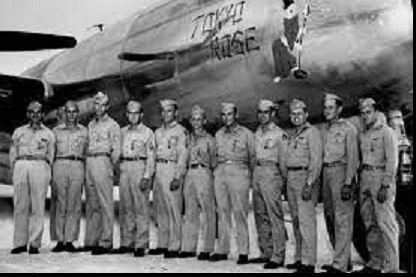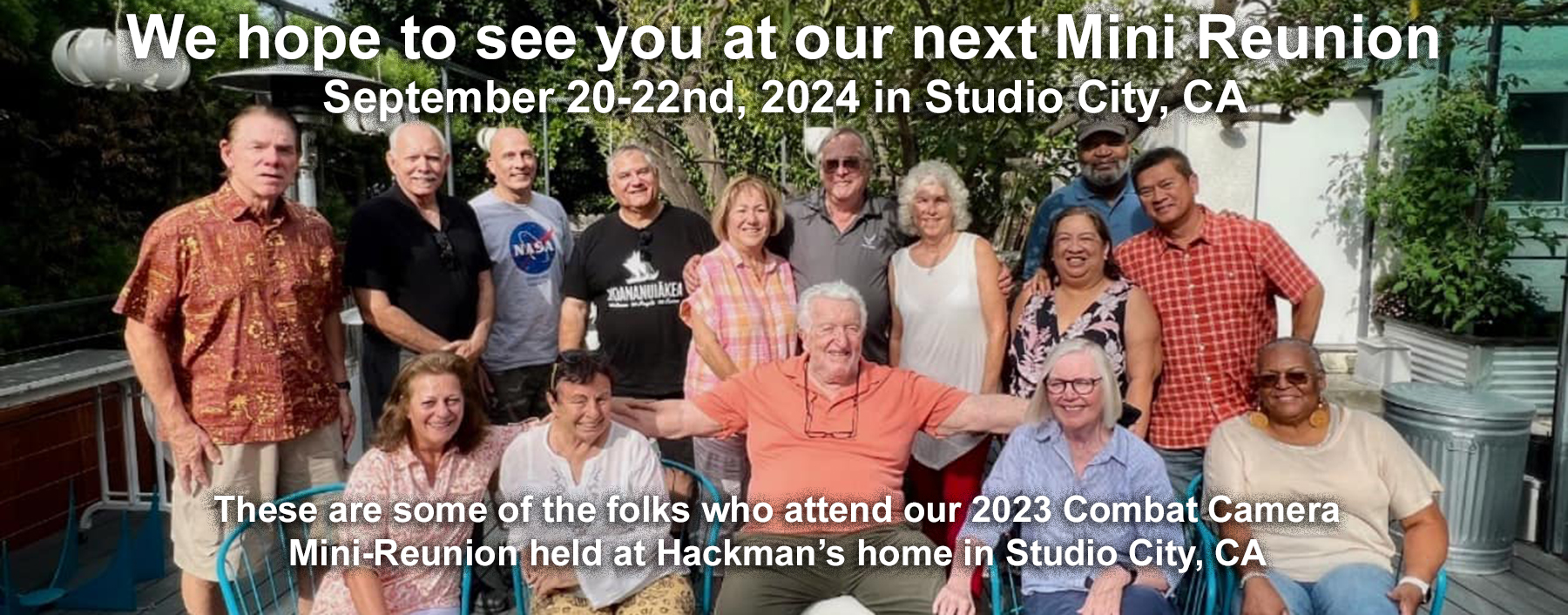Published Oct. 25, 2011
By Jeffrey N. Meyer 36th Wing Historian

The photo depicts the crewmembers of the “Tokyo Rose” after receiving medals for the first photo reconnaissance mission over Tokyo, 1 Nov 44. It was the first U.S. aircraft over Tokyo since Doolittle’s Raid 2½ years earlier. (Photo from Col. Richard M. Hutchins, USAF-Ret)
The history of the 3rd Photo Reconnaissance Squadron (PRS) would begin as they initially formed on May 15, 1941 and then activated on Jun. 10, 1941 at Maxwell Field, AL. From 1941 to 1944 the unit was redesignated several times before becoming the 3d Photographic Reconnaissance Squadron, Very Heavy (VL), at Smoky Hill Army Airfield, KS, (Schilling, AFB) on May 19, 1944. The forward echelon moved to Saipan on Sep 18, 1944 and the Tokyo Rose (Named after a Japanese American radio propaganda broadcaster who tried to manipulate and mislead American troops during the war) arrived on Oct. 31, 1944. The aircrew had a night’s rest and then flew their historic mission the very next day. 17 more photo reconnaissance missions were flown as single sorties prior to the first B-29 bombing raid against Japan from Saipan on Nov. 24, 1944. Sadly, the 3 PRS would lose two aircraft and their aircrews of ten Airmen during this time.
Photo Reconnaissance mission near his headquarters at Harmon Field, Guam. So, on Jan. 11, 1945, the 3rd PRS moved from Isley Field, Saipan to Harmon Field and would later add another designation “Very Long Range” (VLR) to their name on Jan. 31, 1945. However, there was a problem with Harmon Field’s runway; it was too short to safely takeoff a fully loaded F-13A or B-29 on a mission to Japan. To remedy the situation flights were staged from Harmon Field to North Field (modern day Andersen AFB). The crews were briefed about 2 p.m. each day and then flew their planes with a light fuel load to North Field. The crews were then bussed back to Harmon Field while the planes were fully fueled and serviced for their night takeoffs. The crews were awakened at midnight, fed and bussed back to North Field. After completing their missions, the planes would land back at Harmon.
From there the film was rushed to the photo lab immediately so Gen. Lemay could be updated on the air war’s progress. The crews then debriefed and the maintenance cycle restarted to ready the planes for their next missions.
Overall, the 3rd Photo Reconnaissance Squadron made many sacrifices during World War II, during their 466 solo missions. They would lose nine F-13As, and 46 airmen were either killed or missing in action. Before its inactivation on Mar. 15, 1947, the 3rd PRS would lose one more aircraft in peacetime. An F-13A crashed on take-off from North Field at Andersen AFB on June 11, 1946. All 10 crewmembers were presumed dead and very little of the aircraft was ever recovered.

